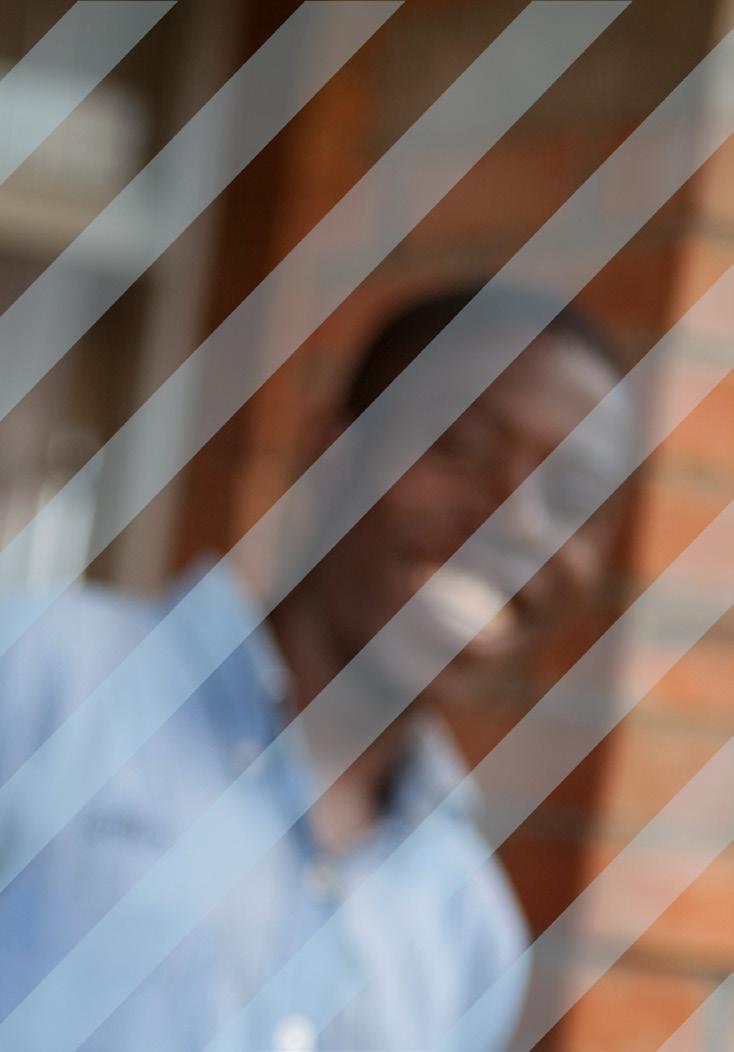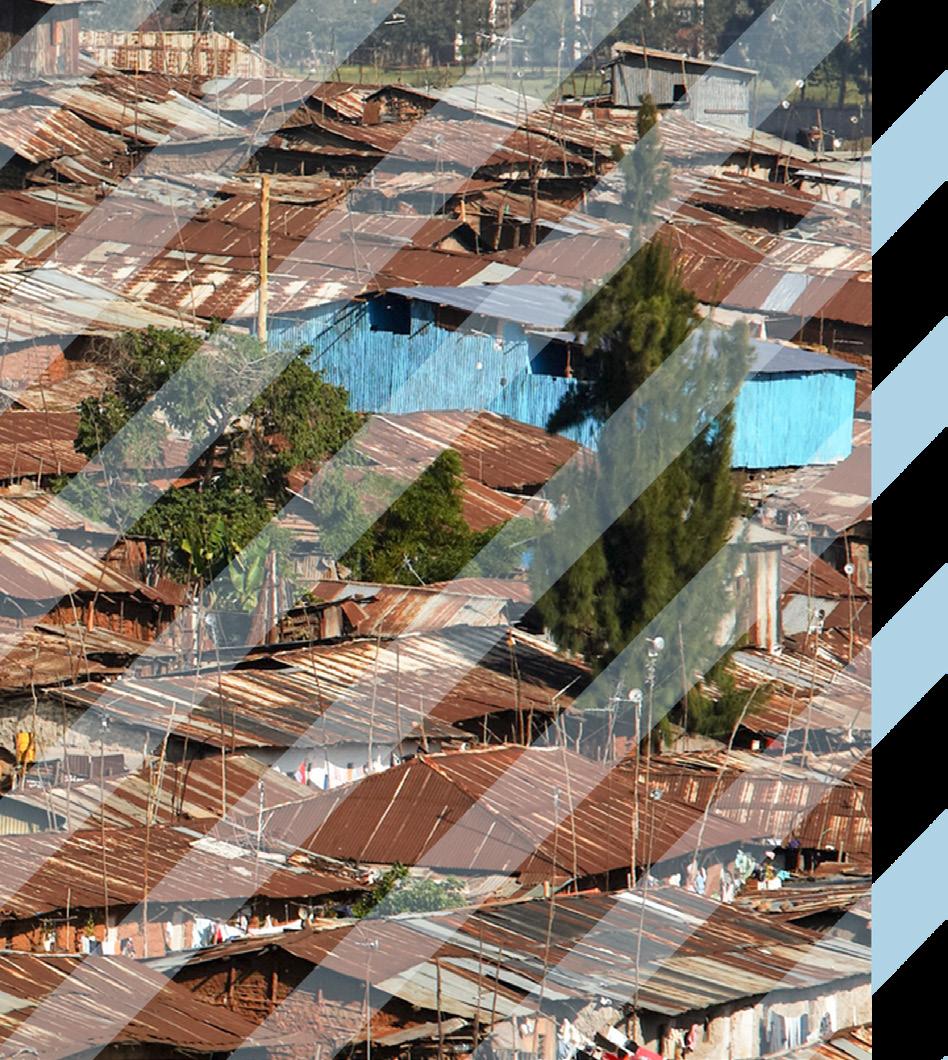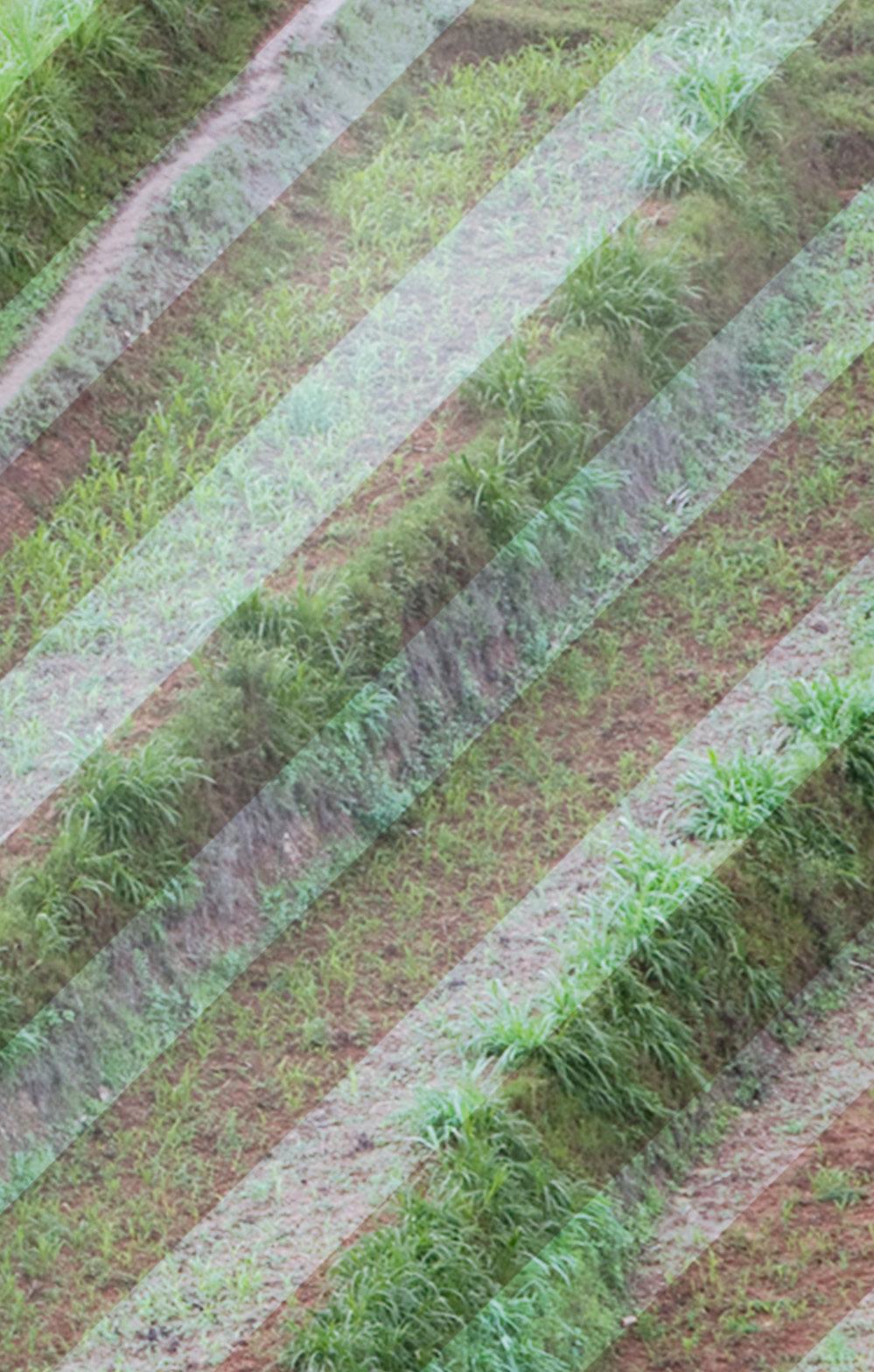
1 minute read
REFERENCES
1. Factsheet - World AIDS Day 2018. Geneva: UNAIDS; 2018.
2. Auvert B, Taljaard D, Lagarde E, et al. (2005). Randomized, controlled intervention trial of male circumcision for reduction of HIV infection risk: the ANRS 1265 Trial. PLoS Med. 2(11):e298.
Advertisement
3. Bailey C, Moses S, Parker CB, et al. (2007). Male circumcision for HIV prevention in young men in Kisumu, Kenya: a randomized controlled trial. Lancet. 369:643–56.
4. Gray H, Kigozi G, Serwadda D, et al. (2007). Male circumcision for HIV prevention in young men in Rakai, Uganda: a randomized trial. Lancet. 369:657–66.
5. WHO/UNAIDS technical consultation on male circumcision and HIV prevention: research implications for policy and programming. Geneva: World Health Organization; 2007.
6. Njeuhmeli E, Forsythe S, Reed J, et al. (2011). Voluntary medical male circumcision: modeling the impact and cost of expanding male circumcision for HIV prevention in eastern and southern Africa. PLoS Med. 8:e1001132. doi:10.1371/journal.pmed.1001132. 7. WHO progress brief: voluntary medical male circumcision for HIV prevention – July 2018. Geneva: WHO; 2018.
8. http://www.unaids.org/en/regionscountries/countries
9. Djimeu Wouabe E (2013). Scoping report on interventions for increasing the demand for voluntary medical male circumcision. Washington, DC: International Initiative for Impact Evaluation.
10. Hatzold K, Chatora K, Taruberekera N, et al. (2017). Case study: Evidence-based demand creation and advocacy interventions for voluntary medical male circumcision scale-up in Zimbabwe. In: Social Marketing and Public Health: Theory and Practice; 2nd ed. Oxford, UK: Oxford University Press.
11. Hatzold K, Mavhu W, Jasi P, et al. (2014). Barriers and motivators to voluntary medical male circumcision uptake among different age groups of men in Zimbabwe: results from a mixed methods study, PLoS ONE, 9 (4): e85051.
www.upstreamthinking.com
www.thefinalmile.com
www.ipsos.com
www.psi.org
With support from the Bill & Melinda Gates Foundation





